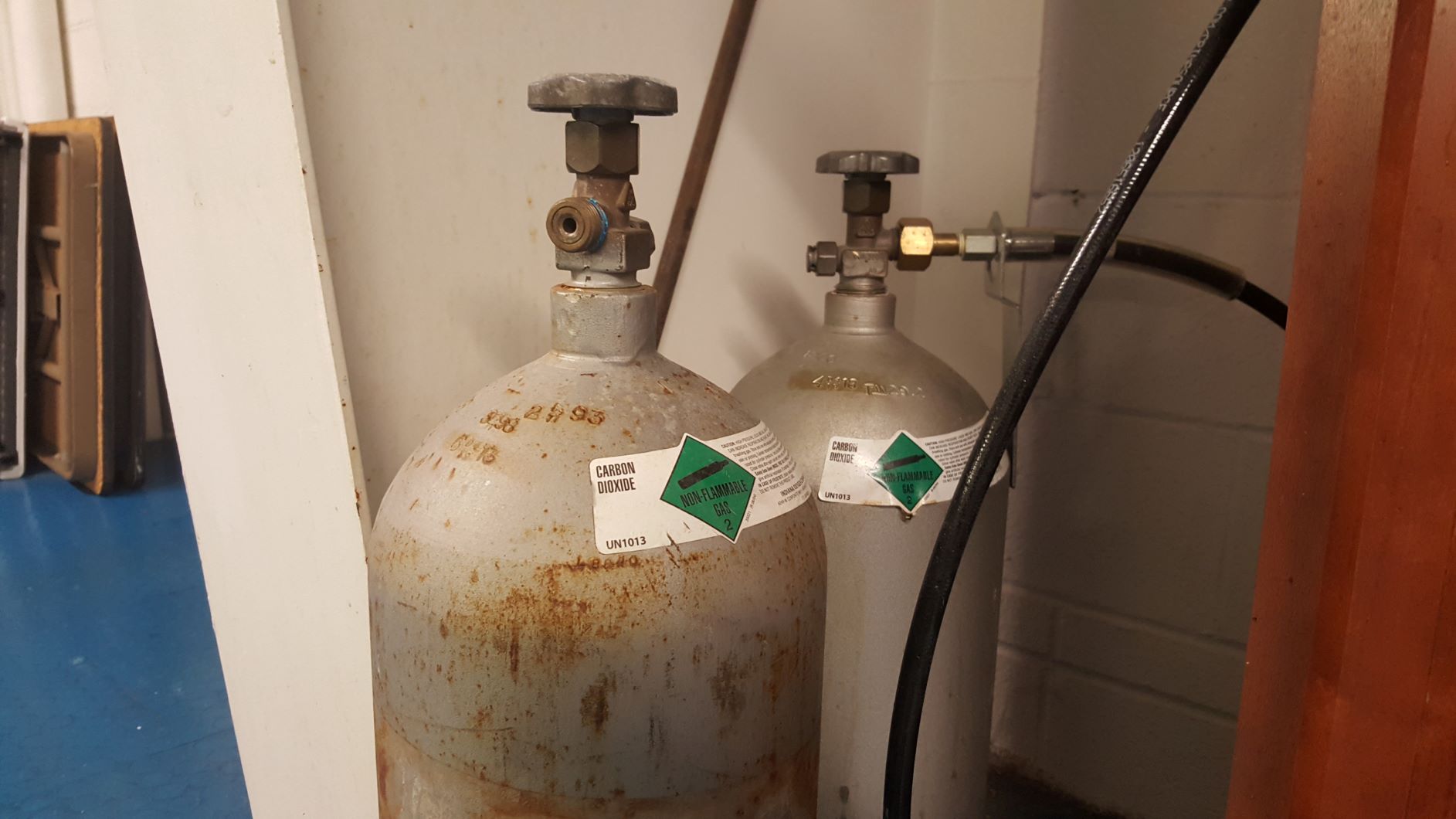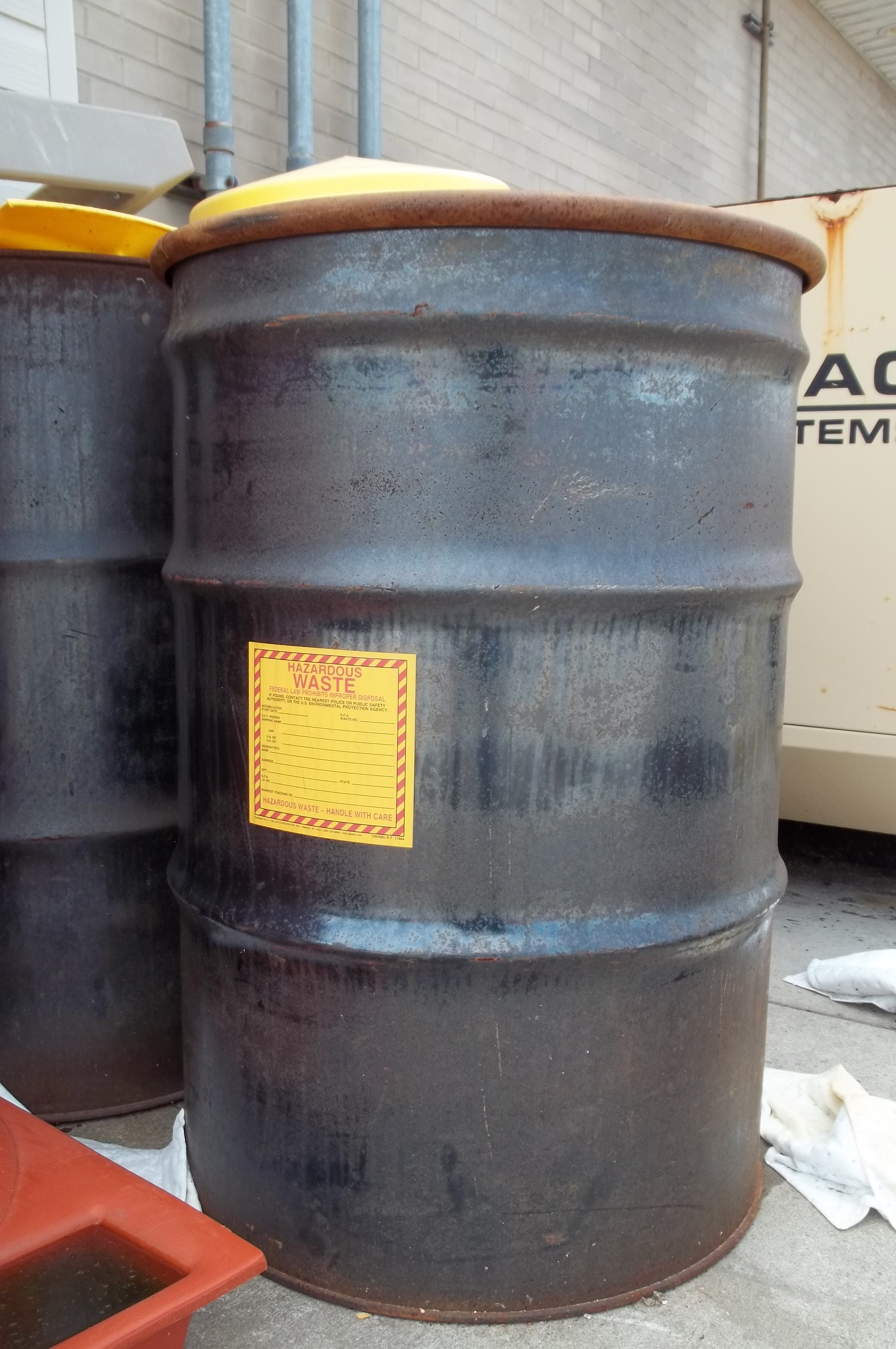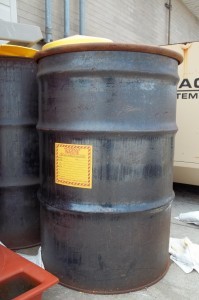The Bullet:
Due to the COVID-19 public health emergency, USDOT/PHMSA issued a notice of enforcement discretion to allow for the filling and transportation of DOT-specification cylinders with Division 2.2 Non-Flammable Gas when overdue for their periodic requalification by no more than 12 months. The cylinder must meet all other requirements of the Hazardous Materials Regulations (HMR).
Who:
- Issued by: William S. Schoonover / Associate Administrator for Hazardous Materials Safety
- The agencies:
- Pipeline and Hazardous Materials Safety Administration within the U.S. Department of Transportation (USDOT/PHMSA).
- Federal Motor Carrier Safety Administration within USDOT (USDOT/FMCSA).
- The affected: manufacturers and persons who fill and ship DOT-specification cylinders.
What does the HMR require?
- Subpart C of 49 CFR Part 180 of the HMR prescribes the requirements for the continuing qualification, maintenance, or periodic requalification of DOT-specification cylinders.
- Pursuant to §173.301(a)(6):
No person may fill a cylinder overdue for periodic requalification with a hazardous material and then offer it for transportation. The prohibition against offering a cylinder for transportation that is overdue for periodic requalification does not apply to a cylinder filled prior to the requalification due date.
- Depending on the cylinder type, periodic requalification is required at either a 5-year or 10-year interval.
Contact me with any questions you may have about the transportation of hazardous materials by air, highway, vessel, or rail International and Domestic Daniels Training Services, Inc. 815.821.1550 |
What is the relief?
- PHMSA gives notice that it will not take enforcement action against any person who fills a DOT-specification cylinder used to transport Division 2.2 Non-Flammable Gas if the cylinder is overdue for its periodic requalification by no more than twelve (12) months.
But watch out for this!
- The cylinder must comply with all other requirements of the HMR.
- This relief applies only to transportation by motor vehicle, and does not extend to transport by air, vessel, or railroad.
- Prior to filling and offering for transportation, all cylinders must be inspected in accordance with the applicable Compressed Gas Association pamphlet and requirements of the HMR. Any cylinder that does not pass the prefill inspection criteria must not be filled.
- This relief is limited solely to cylinders containing Division 2.2 Non-Flammable Gases.
Where:
- This relief applies to persons who fill and ship a DOT-specification cylinder to, from, or through the U.S.

When:
- Date of issuance: April 06, 2020.
- This Notice is effective while the Department of Health and Human Services determination that a public health emergency related to COVID-19 exists or 90 days from its date of issuance (July 06, 2020), whichever is sooner.
- UPDATE: July 02, 2020 USDOT/PHMSA announce an extension of this enforcement discretion until October 31, 2020. Read: Notice of Extension of Enforcement Discretion Regarding Cylinders That Have Exceeded Their Periodic Requalification Test Date.
Why:
- Due to the Coronavirus disease 2019 (COVID-19) public health emergency, many members of the medical and industrial gas industry have experienced difficulty in obtaining cylinders due to the increased demand or a disruption in the normal business model for cylinder exchange.
- This enforcement discretion is in response to unprecedented changes in business practices related to the COVID-19 outbreak.
How:
- USDOT/PHMSA’s mission is to protect people and the environment by advancing the safe transportation of energy and other hazardous materials that are essential to our daily lives. To do this, the agency establishes national policy, sets and enforces standards, educates, and conducts research to prevent incidents.
- This document is a temporary notice of enforcement discretion. Regulated entities may rely on this notice as a safeguard from departmental enforcement as described herein. To the extent this notice includes guidance on how regulated entities may comply with existing regulations, it does not have the force and effect of law and is not meant to bind the regulated entities in any way.
Daniels Training Services, Inc. 815.821.1550 |
Conclusion:
The COVID-19 pandemic has disrupted business and the global supply chains they rely on. USDOT/PHMSA is doing its part to ease compliance without sacrificing safety. Including a relief to provide recurrent HazMat Employee training. It’s a delicate balance. I’ve written many articles in the past few months related to the pandemic and the response to it of both USDOT/PHMSA and the U.S. Environmental Protection Agency (USEPA).





